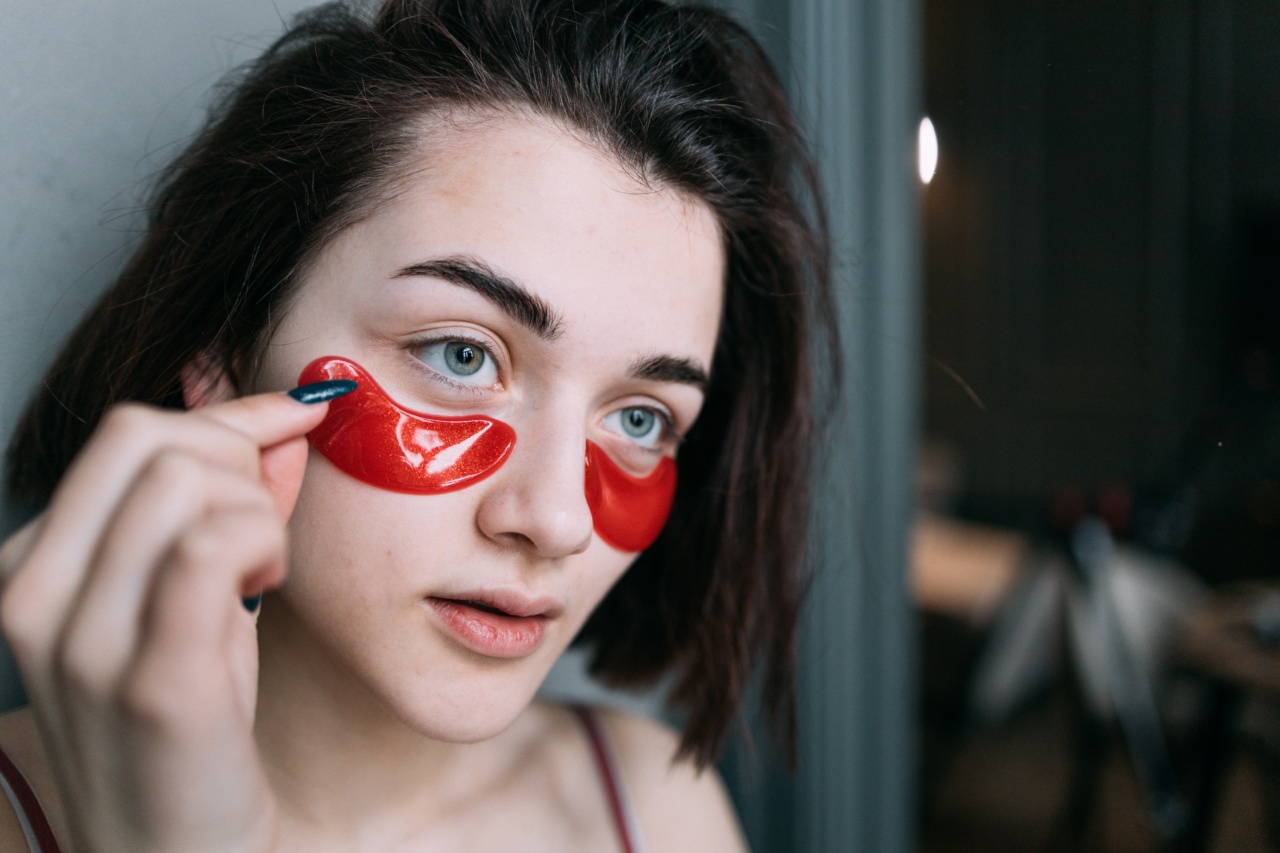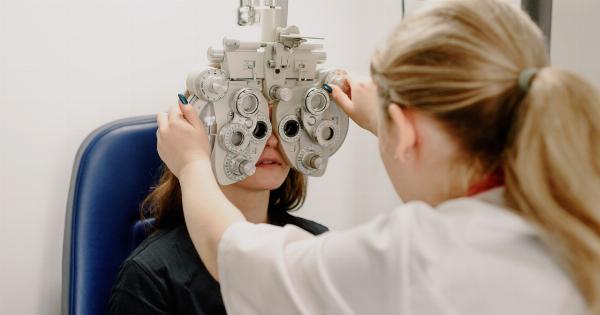Eye allergies, also known as allergic conjunctivitis, are a common condition that affects a significant number of people worldwide.
These allergies can cause a range of uncomfortable symptoms, such as redness, itching, watering of the eyes, and swelling of the eyelids. While eye allergies are not typically serious or life-threatening, they can significantly impact a person’s quality of life.
Understanding the causes, prevention, and treatment options for eye allergies is crucial for those affected by this condition.
Causes of Eye Allergies
Eye allergies are primarily caused by a hypersensitivity reaction to certain substances known as allergens. Common allergens that can trigger eye allergies include:.
- Pollen: Pollen from trees, grass, and flowers is a common trigger for seasonal eye allergies.
- Pet dander: Allergic reactions to pet dander, such as cat or dog fur, can affect the eyes of susceptible individuals.
- Dust mites: Microscopic organisms that thrive in dust can lead to eye allergies when they come into contact with the eyes.
- Mold: Mold spores can trigger eye allergies, especially in environments with high humidity or dampness.
- Smoke: Smoke from cigarettes, bonfires, or air pollution can irritate the eyes and exacerbate allergic symptoms.
- Perfumes and chemicals: Certain fragrances, cosmetics, and chemicals found in household products can cause eye allergies in sensitive individuals.
- Contact lenses: Improper use or poor hygiene when wearing contact lenses can lead to eye allergies.
It is essential to identify the specific allergens that trigger eye allergies for each individual in order to develop an appropriate prevention and treatment plan.
Preventing Eye Allergies
While it’s not always possible to prevent eye allergies entirely, there are several measures that can help minimize exposure to allergens and reduce the frequency and severity of allergic reactions. Here are some preventive measures to consider:.
- Avoid allergens: Try to stay away from known allergens, such as pollen, pet dander, or dust mites. Keep windows closed during high pollen seasons and consider using air purifiers or HEPA filters to reduce allergen levels in your home.
- Wear sunglasses: Wearing wraparound sunglasses can provide a physical barrier between your eyes and potential allergens, such as pollen or dust.
- Keep pets out of the bedroom: If you have pets, keeping them out of the bedroom can help reduce exposure to pet dander while you sleep.
- Wash bedding regularly: Regularly washing your bedding, including pillowcases, sheets, and blankets, in hot water can help eliminate dust mites and allergens that may be present.
- Avoid rubbing your eyes: Rubbing your eyes when they itch can worsen symptoms and increase inflammation. Instead, try using a clean, cool compress to soothe itching.
- Follow proper contact lens hygiene: If you wear contact lenses, make sure to clean and store them correctly to reduce the risk of eye allergies caused by contamination or irritation.
Implementing these preventive measures can significantly reduce the likelihood of experiencing eye allergies and help manage the discomfort associated with allergic conjunctivitis.
Treatment Options for Eye Allergies
When preventive measures are not enough, various treatment options are available to relieve the symptoms of eye allergies. The choice of treatment depends on the severity of the allergies and the individual’s response to different interventions.
Here are some common treatment options:.
- Over-the-counter eye drops: Antihistamine and decongestant eye drops can provide temporary relief from itching, redness, and irritation. These eye drops are available without a prescription but should be used as directed and for short periods.
- Prescription eye drops: In cases of severe eye allergies, prescription-strength eye drops may be necessary to control symptoms effectively. These eye drops often contain corticosteroids or other medications that reduce inflammation and allergic reactions.
- Oral antihistamines: Non-drowsy oral antihistamines can help relieve both eye allergy symptoms and other allergy-related symptoms, such as sneezing or a runny nose. However, these may cause dryness and should be used with caution.
- Allergy shots (immunotherapy): Immunotherapy may be recommended for individuals with severe or persistent eye allergies. Allergy shots work by desensitizing the immune system to specific allergens, reducing the frequency and severity of allergic reactions over time.
- Home remedies: Some individuals find relief from eye allergy symptoms through home remedies, such as applying cold compresses, using saline eye drops, or rinsing the eyes with cool water. However, these remedies may not provide long-lasting relief for everyone.
- Seeking medical advice: If eye allergies persist, become more severe, or significantly impact daily activities, it is crucial to seek medical advice. An eye care professional can provide a proper diagnosis and recommend appropriate treatment options.
It’s essential to remember that each individual may respond differently to various treatment options, and it may take some trial and error to find the most effective approach for managing eye allergies.






























